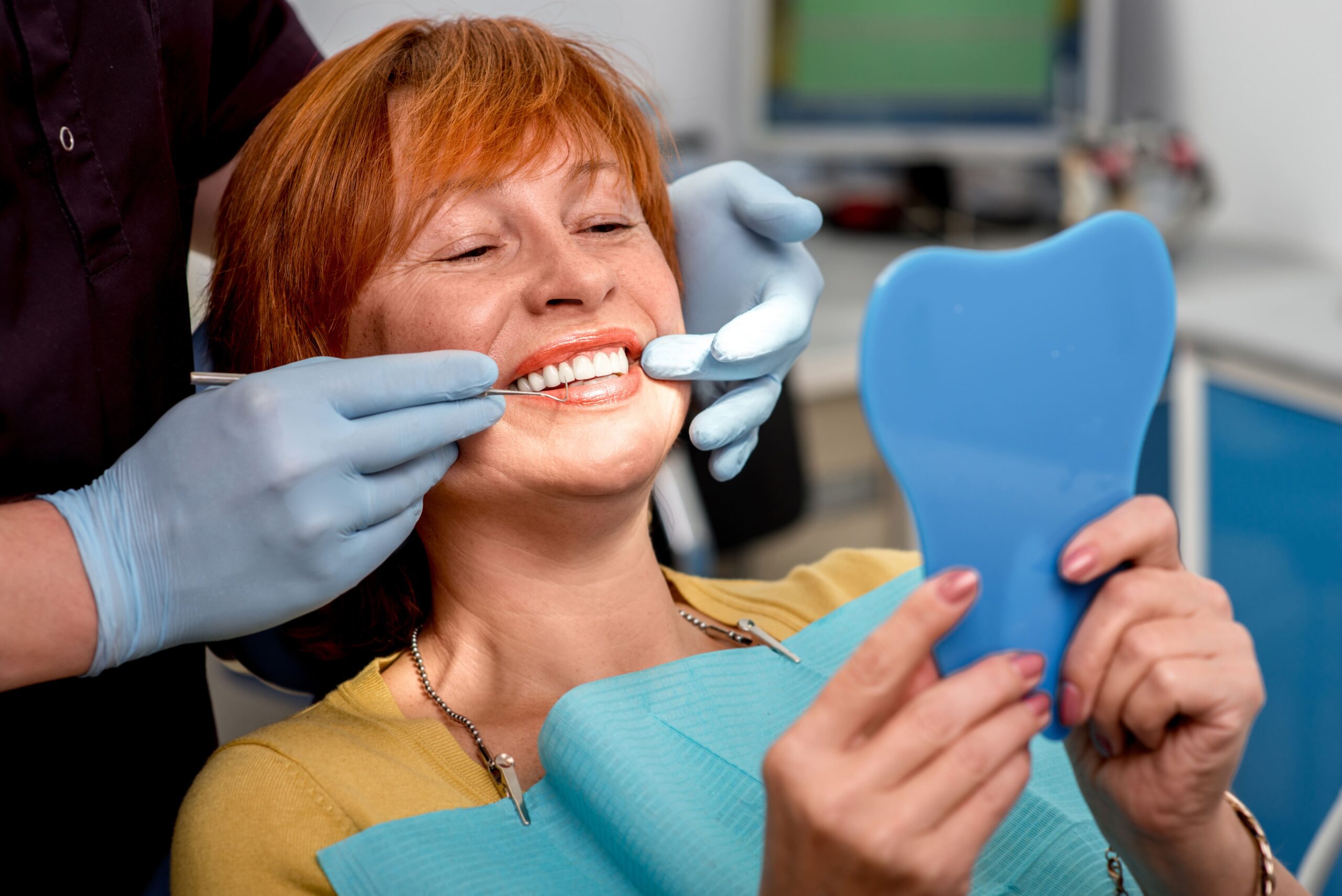Japanese researchers have discovered a potential method of regenerating lost teeth. Tests on a certain gene (USAG-1) found that with antibody treatment, the regrowth of a tooth was possible. This news has led to the belief that eventually, this research could be used in professional dentistry.
Losing teeth as we get older has seemingly become a fact of life. But this could soon be a thing of the past, as Japanese scientists have found a link between an antibody for a gene and possible regeneration of teeth.
Research recently published in Science Advances concluded that while there is a long way to go before this research could be applied to humans, it was an exciting development [1].
Whether through genetic conditions, tooth decay, gum disease or a bad accident, losing teeth is very common. In fact, studies suggest as many as 178million people in the United States are missing at least one tooth, with similar rates in Canada [2].
The Research
Researchers from Kyoto University and the University of Fukui found during animal testing that when a certain gene (named as USAG-1) was suppressed, followed by the use of an antibody treatment, tooth regrowth was possible [1].
The researchers genetically altered mice to make them have a condition called “tooth agenesis”, which causes a person to have either a higher or lower number of teeth than the usual 32 that is customary among adults. Humans can suffer from this condition too, which affects approximately 1% of the population [3].
Tooth agenesis is a congenital (present from birth) condition, and normally runs in families. But when pregnant mice were injected with the above gene, the teeth of their offspring were normal, and free of tooth agenesis.
This is an exciting development, as tooth agenesis usually runs in families. While this approach can’t be used on humans yet (tests on further animals will follow), there is potential for use in humans in the not-too-distant future.
Replacing teeth: the current solutions
Losing teeth can be a difficult experience – but there are solutions. While tooth regeneration in humans may be possible eventually, for the foreseeable future, we can use more tried and tested methods.
The most common approaches involve a patient receiving an implant or dentures. These services are available at many locations across Canada, whether in Vancouver, Montreal or Calgary dental clinics, customers should be able to find a solution to their problem.
Benefits of implants/dentures
Implants and dentures have come a long way in recent years. Both are popular choices, and have positives and negatives attached to them.
Dentures are essentially false teeth, and as long as they are secured strongly, they can be very convenient. It is important for dentures to be fit properly, as infection and further decay is possible if they are poorly fitted. Visiting an accredited dentist is therefore important.
Dental implants meanwhile are useful for when a patient’s gums and jaw are healthy. This involves replacement teeth that are surgically implanted into the jawbone. Dental implants last several years, and are a good choice for those that have 1 or 2 teeth missing. Dental implants have become increasingly popular in recent years [4].
Both methods can help a person smile with confidence, and can improve the way someone eats, drinks and speaks. Both dentures and implants also offer natural-looking results.
At our Calgary-based dental clinic, we have these services available for you, and hopefully this will result in better oral health, and ultimately an improvement in self-esteem and quality of life.
Summary
While this discovery is unlikely to affect humans any time soon, it is a very exciting development that could revolutionize the dental industry.
Fortunately, until then, there are excellent choices available to customers. Our Calgary-based dental clinic offers a variety of services for people who have lost teeth. We encourage you to look at our website https://savannadentalclinic.ca. Feel free to get in contact with us to hear more about our range of services.
Sources
- [1] Murashima-Suginami, A., Kiso, H., Tokita, Y., Mihara, E., Nambu, Y., Uozumi, R., Tabata, Y., Bessho, K., Takagi, J., Sugai, M., & Takahashi, K. (2021). Anti–USAG-1 therapy for tooth regeneration through enhanced BMP signaling. Science Advances, 7 (7). p.1-10.
- [2] Dhima, M., Paulusova, V., Lohse, C., Salinas, T. J. and Carr, A. B. (2014). Practice‐Based Evidence from 29‐Year Outcome Analysis of Management of the Edentulous Jaw Using Osseointegrated Dental Implants. Journal of Prosthodontics, 23 (3). p173-181.
- [3] Tavajohi-Kermani, H., Kapur, R., & Sciote, J. J. (2002). Tooth agenesis and craniofacial morphology in an orthodontic population. American Journal of Orthodontics and Dentofacial Orthopedics, 122 (1). p39-47.
- [4] Elani, H. W., Starr, J. R., Da Silva, J. D., & Gallucci, G. O. (2018). Trends in Dental Implant Use in the U.S., 1999-2016, and Projections to 2026. Journal of Dental Research, 97 (13). p1424-1430.


Comments
Magnificent beat ! I wish to apprentice while you amend your
site, how can i subscribe for a blog web site? The account
aided me a acceptable deal. I had been tiny bit acquainted of this your broadcast provided bright clear idea
I loved as much as you’ll receiove carried out right here.
The sketch is attractive, your authored subject
matter stylish. nonetheless, you coommand get got an shakiness over that you wish be
dlivering the following. unwell unquestionably come further formerly again as exactly
tthe same narly very often inside case you shield this increase.